Pro Bike: Lance Armstrong's Team Radioshack Trek Madone 6 Series RVV
Return to the cobbles for the seven-time Tour de France champion
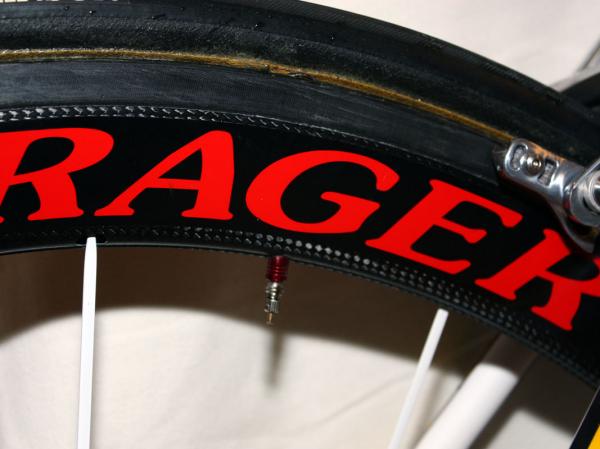
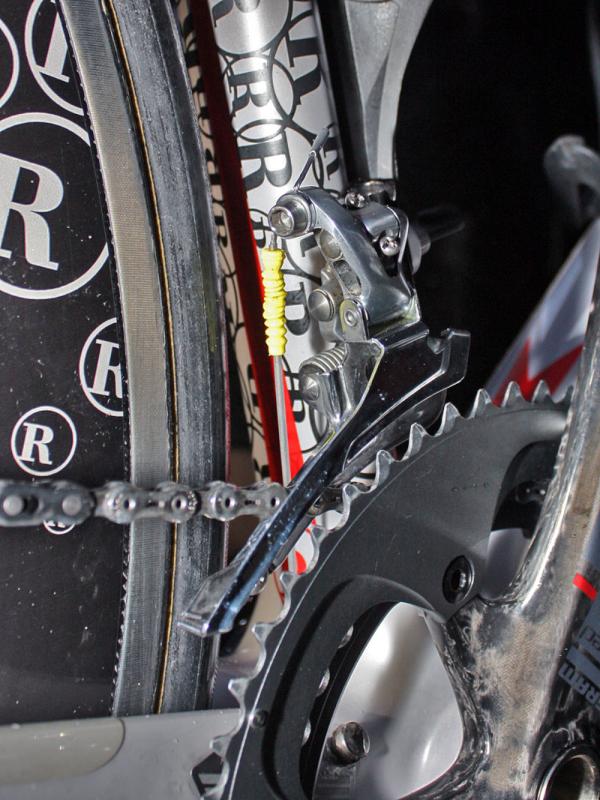
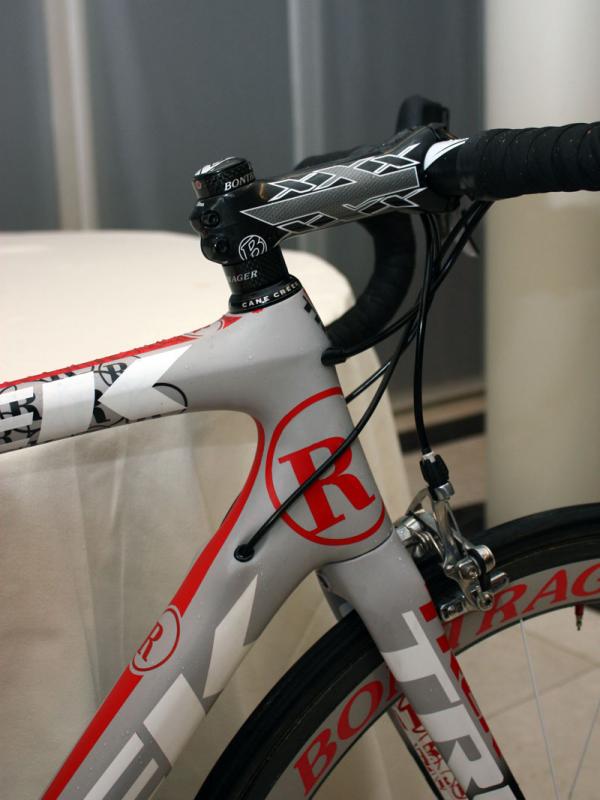
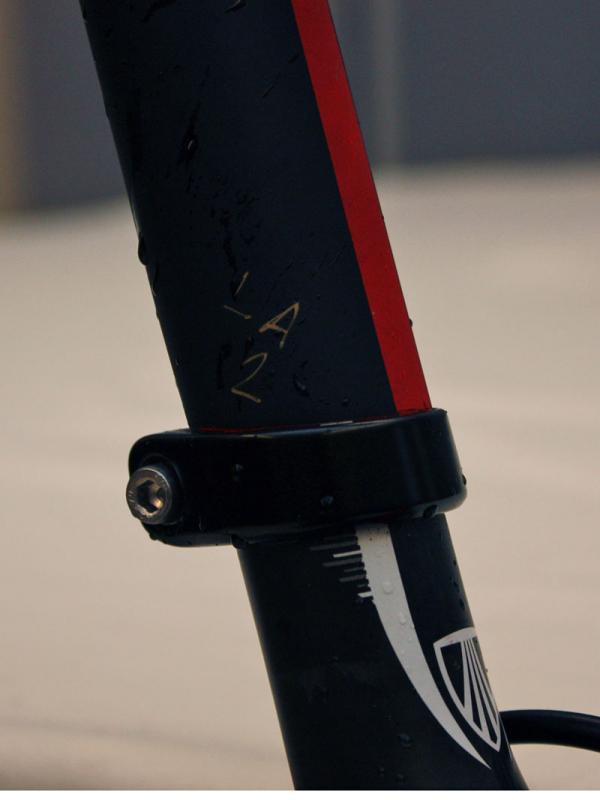
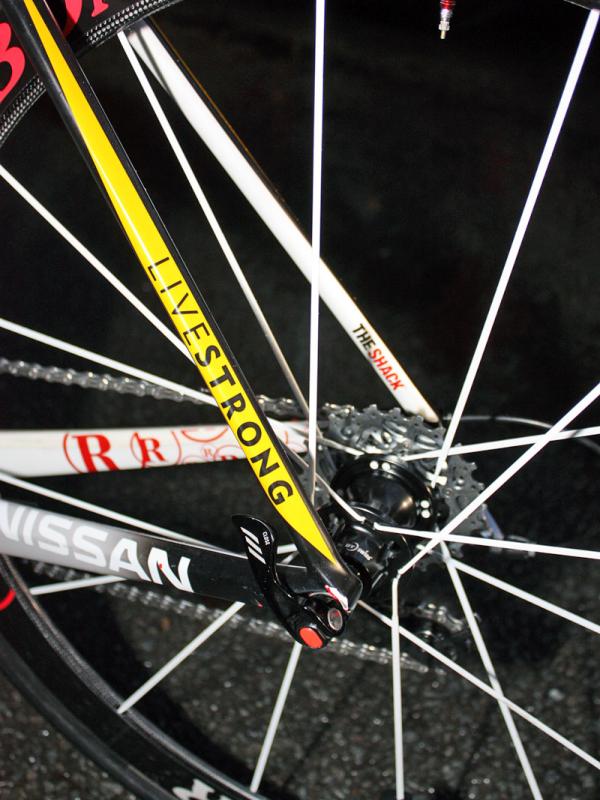
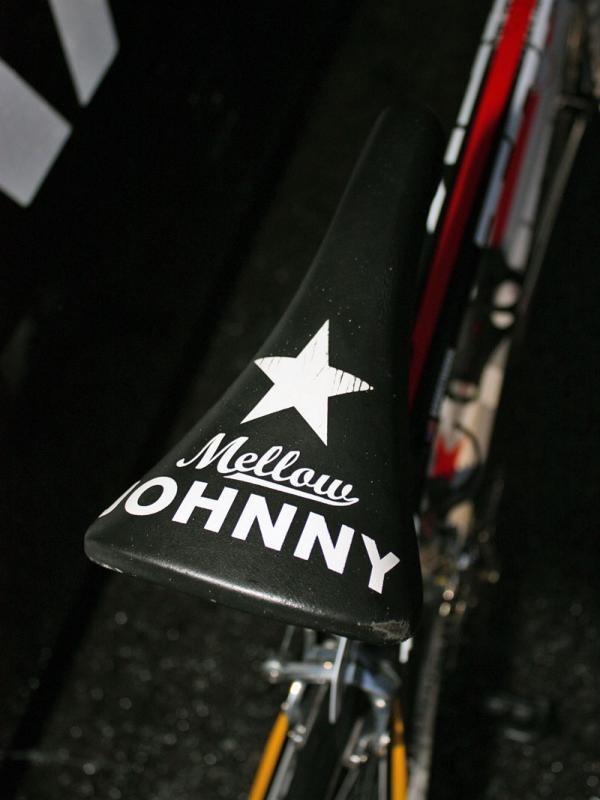
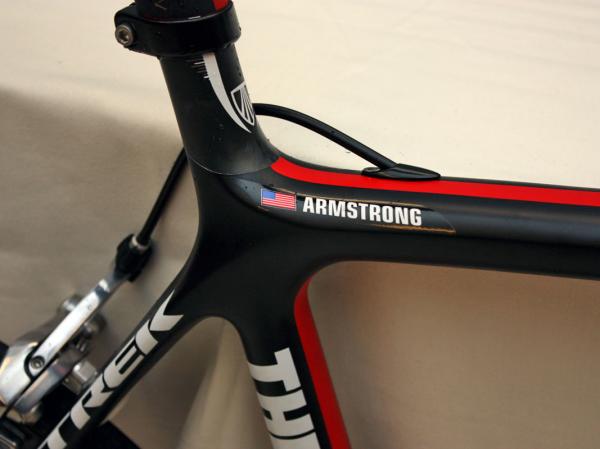
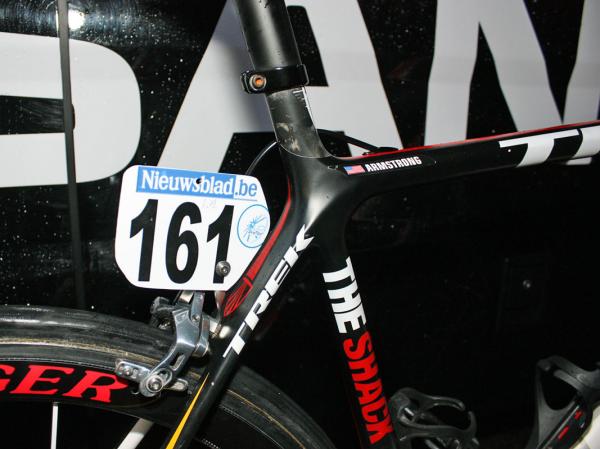
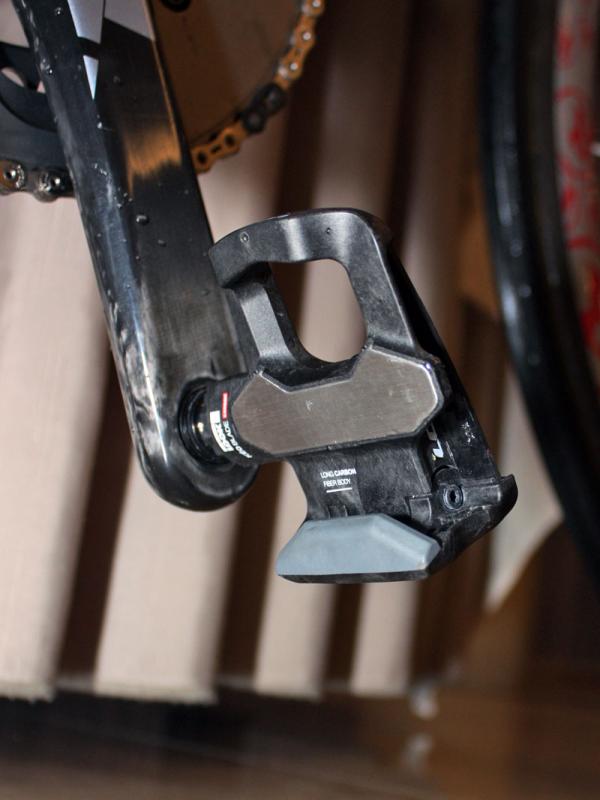
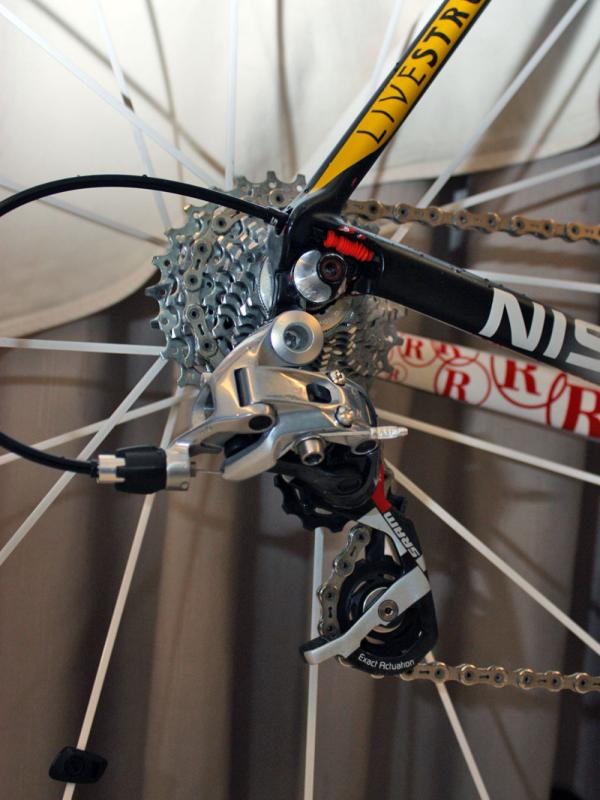
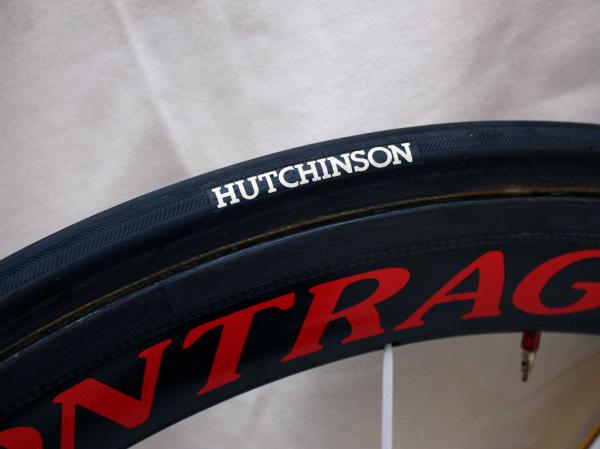
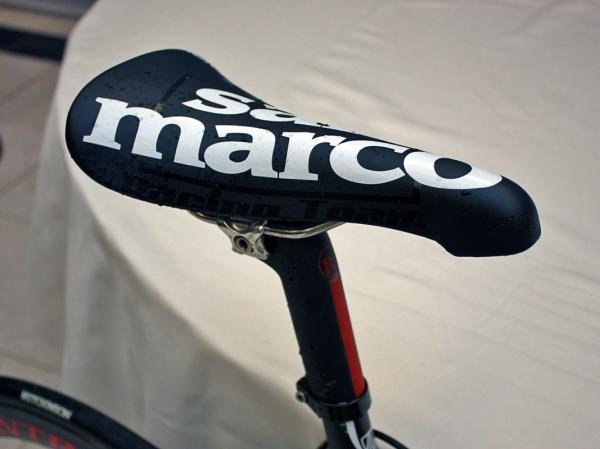
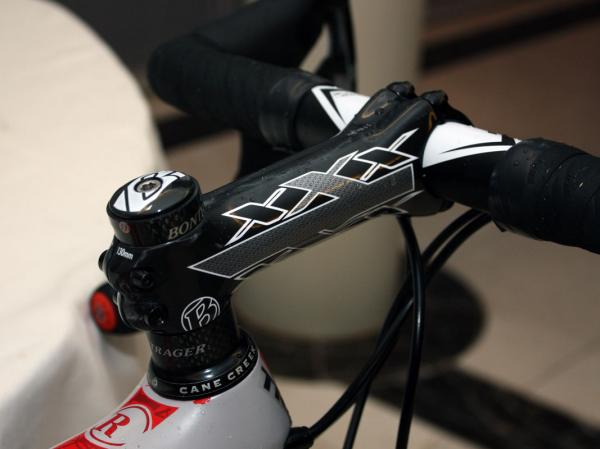
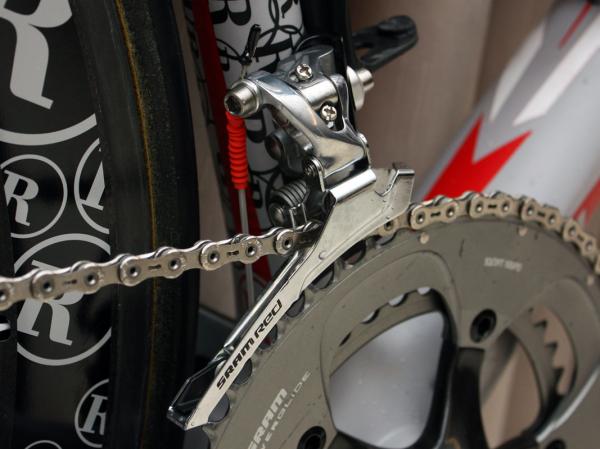
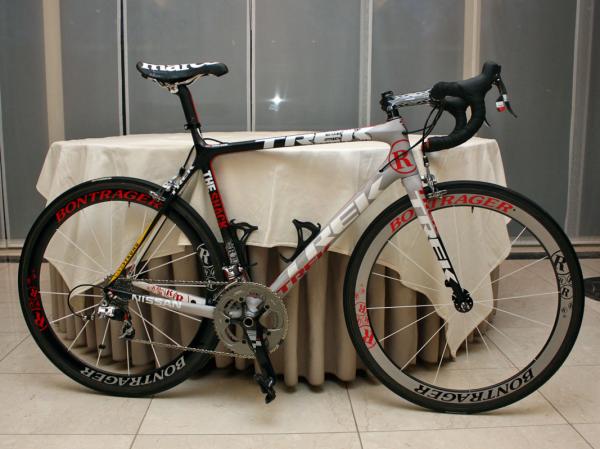
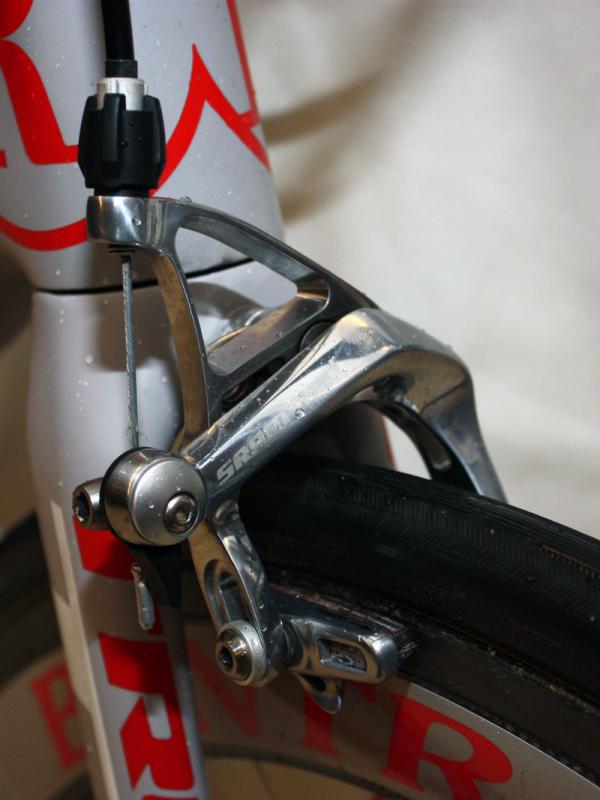
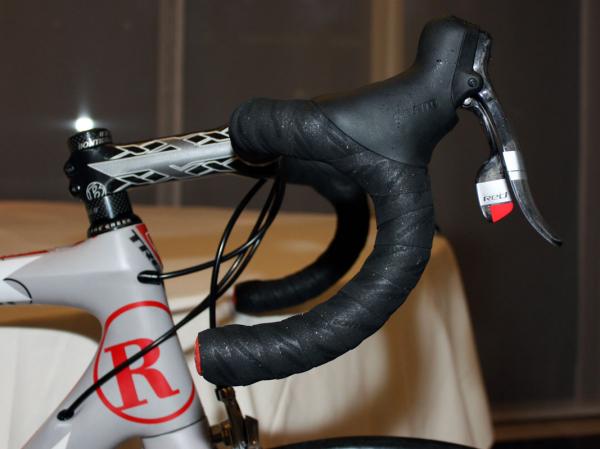
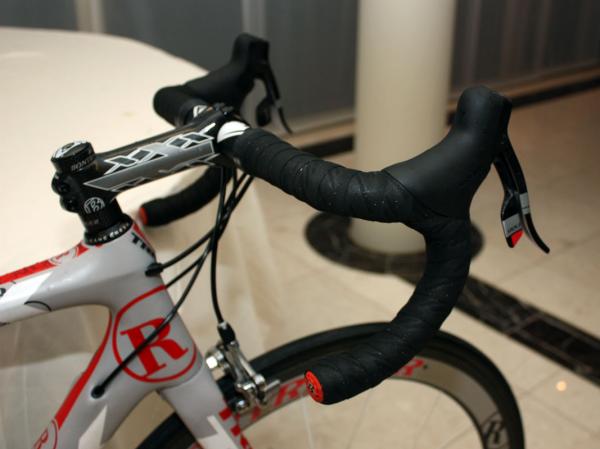
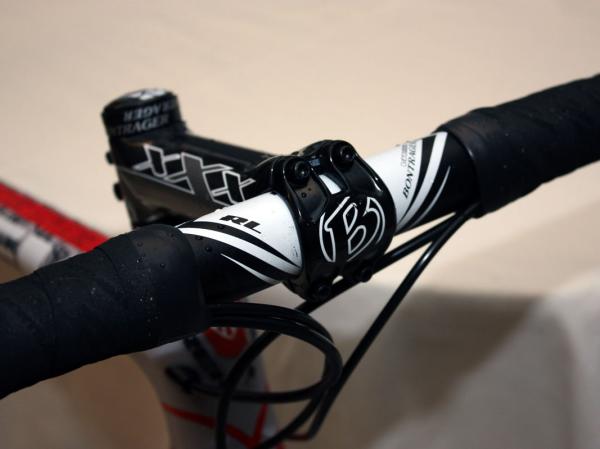
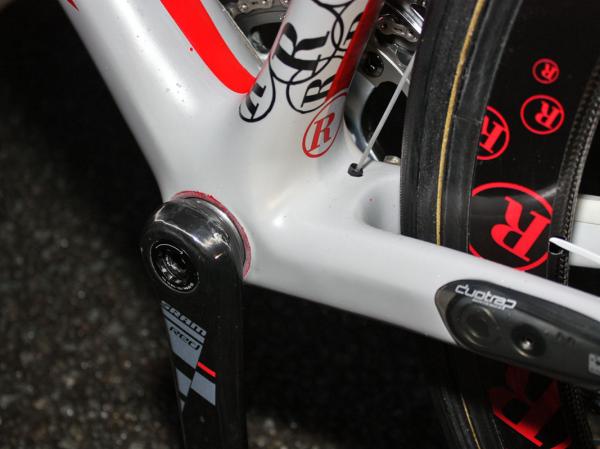
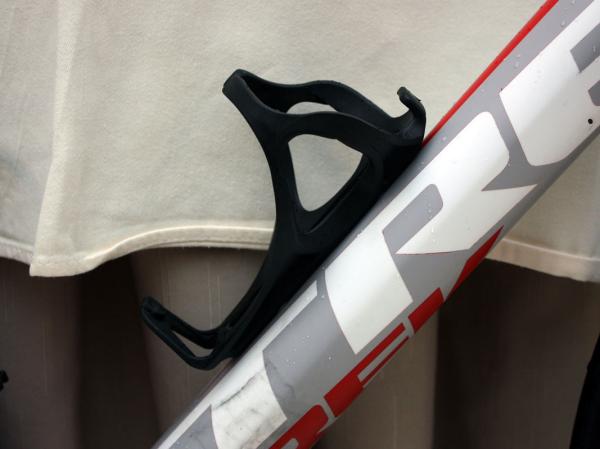
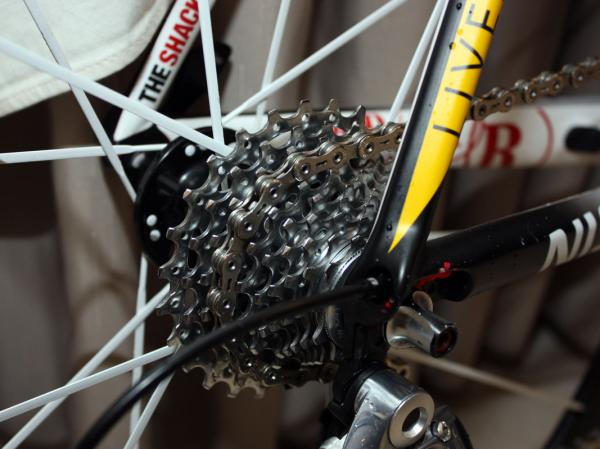
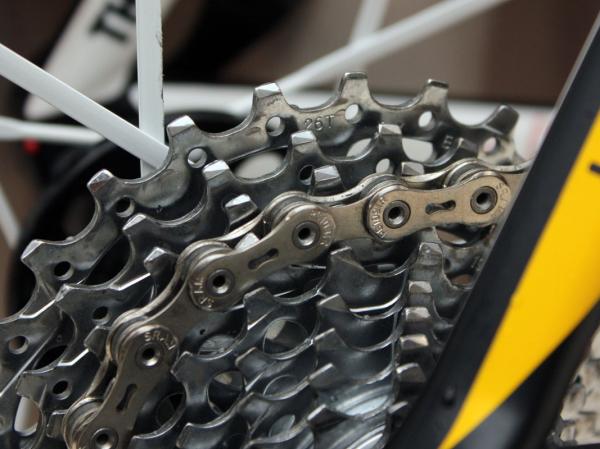
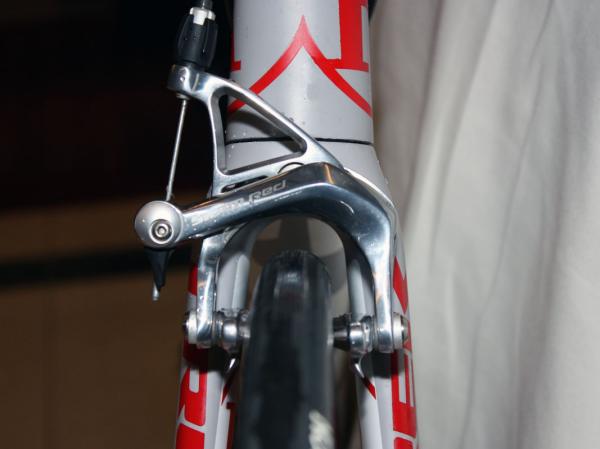
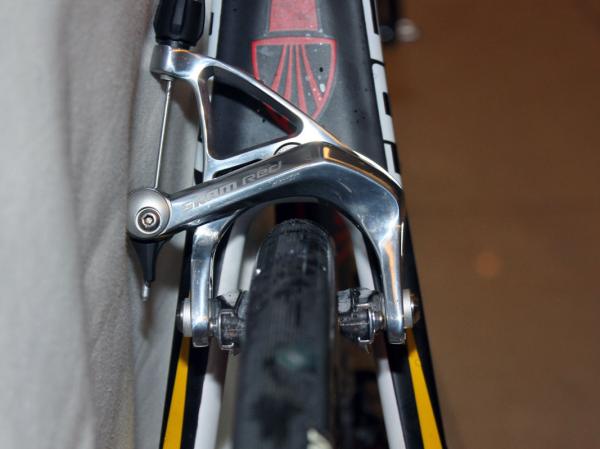
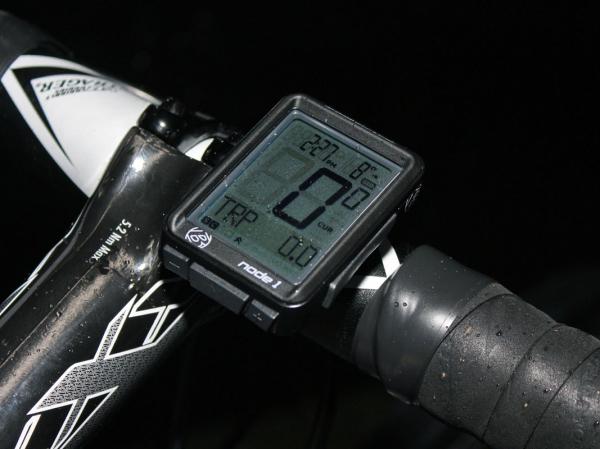
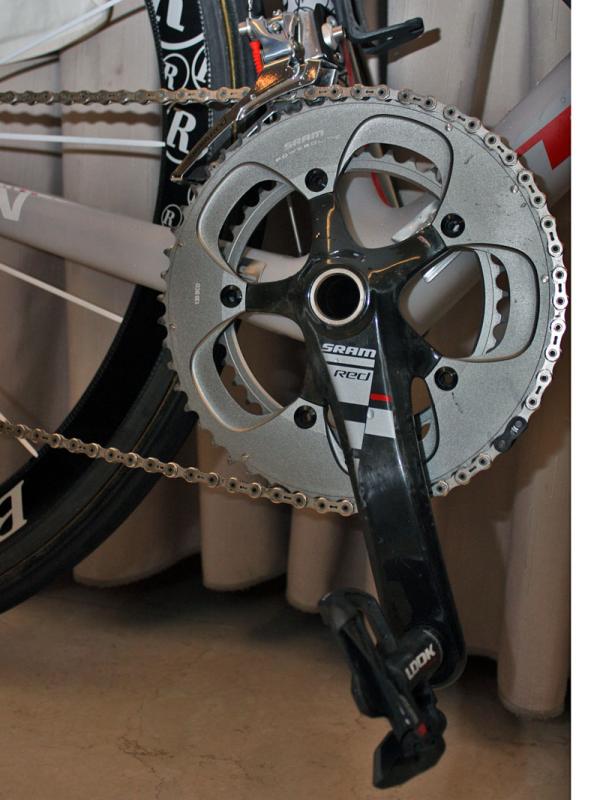
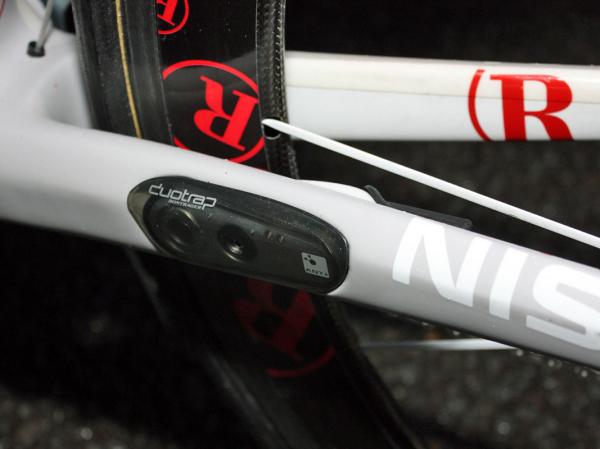
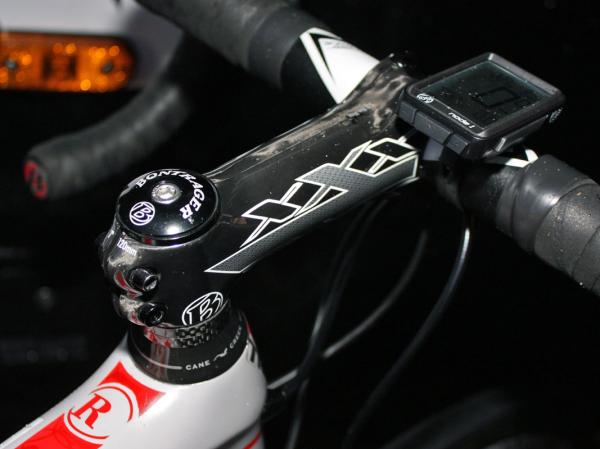
Lance Armstrong (Team Radioshack) returned to the Ronde van Vlaanderen after a four-year hiatus, again on a Trek Madone but one that is a far cry from the one he used back in 2005.
Armstrong's latest 58cm Pro Fit Madone 6 Series frame is essentially identical to the one he usually uses on the road with the same tapered front end, directly molded-in bearing seats at the head tube and bottom bracket, extra wide down tube and chain stay spacing, and novel no-cut integrated seat mast. Internally routed control lines yield a cleaner look but in this case also lend greater protection from contamination, especially in combination with the sealed SRAM Professional System by Gore sealed cable set.
One critical – but very subtle – difference we noted was a few millimeters more tire clearance up front between the tire and fork crown in case of mud and Armstrong was reported to be the only Radioshack rider using it today.
When questioned, Trek team liaison Ben Coates was quick to point out that while the Ronde van Vlaanderen-special fork wasn't exactly a consumer item, it "came from stock parts" – presumably using fork tips from another Trek model and apparently said in reference to the UCI technical rule stating that prototype materials can't be used in competition.
Additional changes were similarly subtle but otherwise limited to componentry. To help with the unrelentingly pounding cobbles, alloy Bontrager Race Lite handlebars were swapped in for Armstrong's usual carbon fiber Race XXX Lite model, then double wrapped with Bontrager cork tape and cushioned with Bontrager Isogel padding.
Interestingly, Armstrong also chose to run his familiar Bontrager Aeolus 5.0 carbon tubular wheels instead of the aluminum box-section wheels used by his teammates but wrapped around them were the standard-issue 24mm-wide Hutchinson tubulars. Drenchingly wet conditions prior to the start prompted comparatively low 87/90psi front/rear inflation pressures for better traction on the wet cobbles but improving weather may have prompted a change later on.
Armstrong recently switched from his long-running Shimano SPD-SL pedals in favor of Look KéO Blades to facilitate emergency bike changes with his otherwise Look-equipped teammates though his drivetrain still displayed a unique spec. Instead of the team-issue PG-1090 PowerDome cassette, Armstrong was using the heavier – but quieter-running – PG-1070 model, along with the revised PC-1090R chain with more aggressive chamfering for reduced noise as used by all SRAM riders in De Ronde.
Get The Leadout Newsletter
The latest race content, interviews, features, reviews and expert buying guides, direct to your inbox!
Ride position has changed little from recent years save for some minor saddle adjustment: height has gone up to 758mm and setback has decreased to 70mm.
As for the total bike weight, we'd love to tell you but weren't permitted to take a reading on our scale. According to Trek team liaison Ben Coates, the team would prefer that its competition not get more information on its bikes than necessary and also doesn't want its riders to worry if they're right on the cusp of the UCI-mandated 6.8kg limit.
Along those same lines, Team Radioshack seemingly doesn't want the competition to know too much about its riders' physical conditions, either, as we also weren't able to obtain Armstrong's current body weight for our associated rider profile. "I don't have that info," said recently hired team physiologist Allen Lim.
Armstrong says he was here at De Ronde not to vie for the win but rather test himself and his equipment plus learn more about how the peloton behaves on the cobbles in preparation for July's Tour de France. Nevertheless, he always made sure he was safely near the front as usual – even attacking with 50km to go – and did a good job of staying out of trouble, earning a 27th place finish to boot. Not exactly bad for a 'training race', eh?
Complete bike specifications: